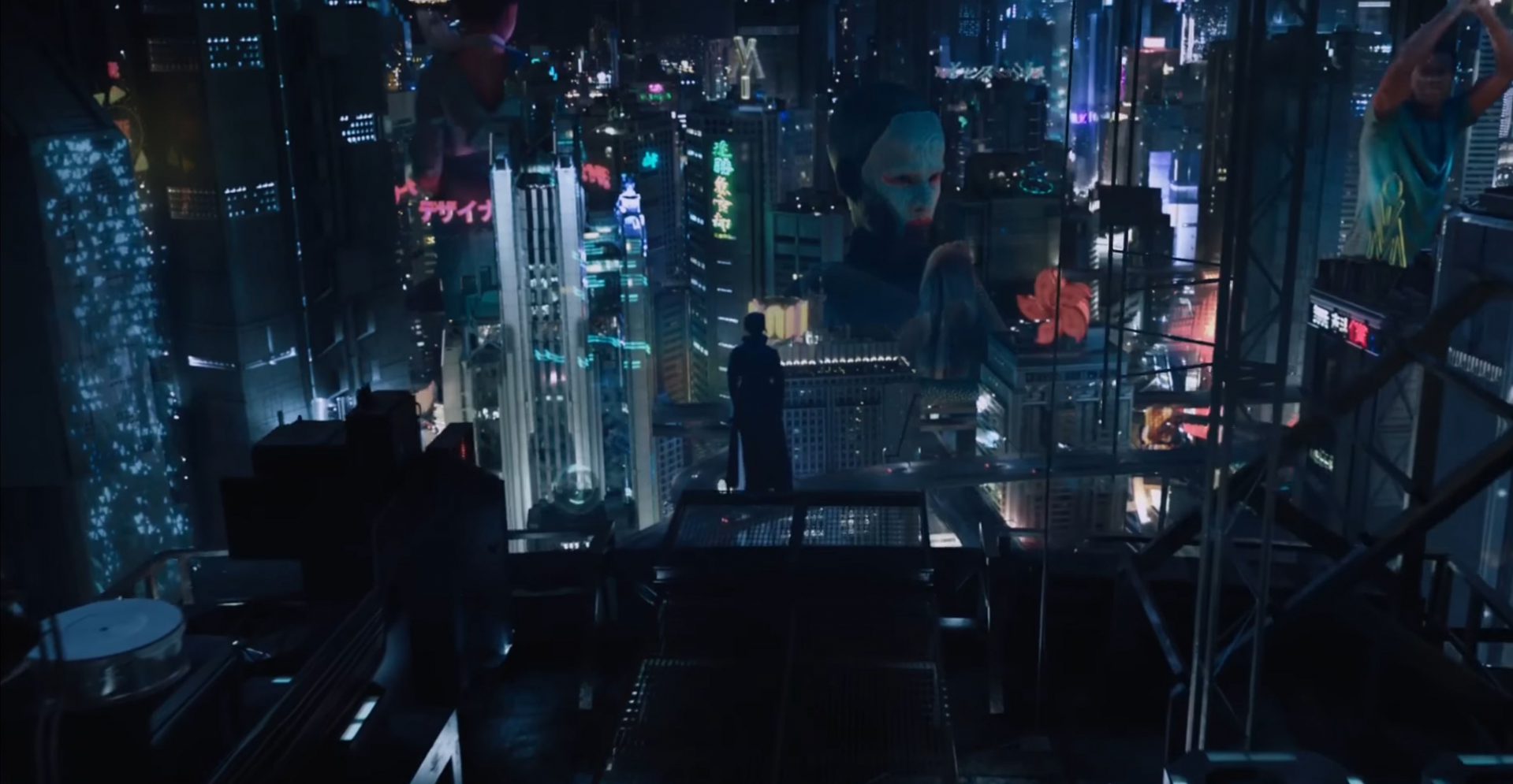[Reading Response 2] Migratory Cities
I think when the cities can move, they are not ‘city’ anymore. Instead, they should be called transportation tools. There are many transportation can move people from place to place while they can work, entertain, and live on machines such as aircraft carriers, trains, airships, and rockets. Similar stories can be told by changing the ‘city’ to other carriers such as pirate ships, then the story becomes “One Piece”, stronger pirates engulf weaker pirates. The main character trying to defect the strong pirates to get treasure. In the idea of moving to a residential place, I think of the vehicle
